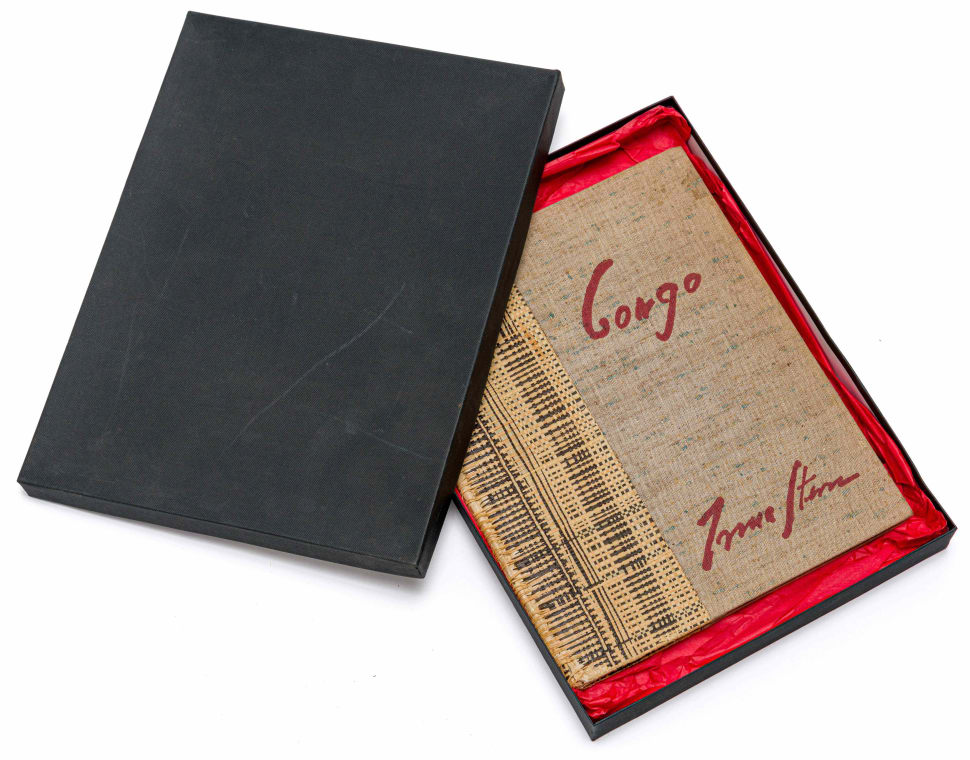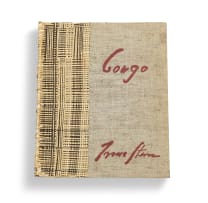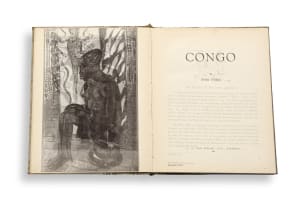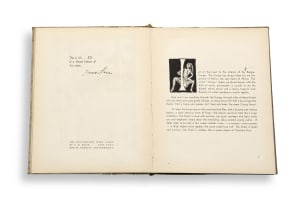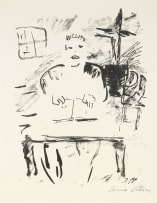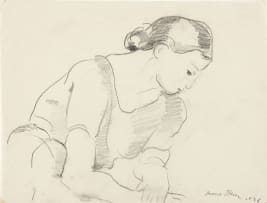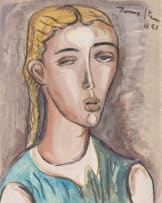Irma Stern: Time|Line
Live Virtual Auction, 8 June 2022
Irma Stern: Time|Line
About the SessionIncl. Buyer's Premium & VAT
About this Item
Irma Stern (1943) Congo, Pretoria: Van Schaik, 50 pages with black and white illustrations, some plates tipped in, cloth-covered boards with raffia panels, signed by the artist and numbered 33 from a limited edition of 300 copies.
Notes
Stern undertook three artist-research trips to Belgian Congo between 1942 and 1955. In 1942, shortly after the publication of Irma Stern and the Spirit of Africa, the artist's first and only South African monograph published during her lifetime, Stern travelled by train from Cape Town with her car to Elizabethville (now Lubumbashi), in southern Congo, where she hired a local man, Pierre, as her chauffeur. Together they circumnavigated the country, travelling as far north as Stanleyville (now Kisangani), the farthest navigable point upstream on the Congo River. She also visited present-day Rwanda, attending numerous ceremonial events held by the region's ruling elite, the Watusi (now referred to as Tutsi).
Where Zanzibar enabled Stern to realise her orientalist inclinations as a painter, her first Congo trip was, in certain respects, an attempt to reclaim the imaginative terrain of her earlier southern African journeys. Stern's mental image of central Africa owed a great deal to colonial portrayals of this region, as is clear from the opening passage to her artists' book, Congo (1943): "The Congo has always been for me the symbol of Africa, the very heart of Africa. The sound 'Congo' makes my blood dance with the thrill of exotic excitement: it sounds to me like distant native drums and a heavy tropical river flowing, its water gurgling in mystic depths."
Published in a limited edition of three hundred, Congo was Stern's first printed book under her own name. Similar to Zanzibar (1948), her follow up book, it showcases Stern's keen appreciation for book design. Illustrated throughout with black-and-white photographs of her paintings and drawings, the clothbound book includes original raffia backing acquired in Congo. Like Zanzibar, it presents an accumulation of vignettes, some incisive, others uninspired. Her strength as a writer lies in anecdote. In a dense forest Stern encountered a naked
man. Her car broke down. At a market she saw beetles and huge caterpillars for sale but returned to her car laden with bark-cloth and fruit. Stern returned to work in Congo in 1946 and 1955. Women subjects engaged in activities of labour and nurture, themes influenced by art history, feature strongly in the colourist works from these latter two trips.
